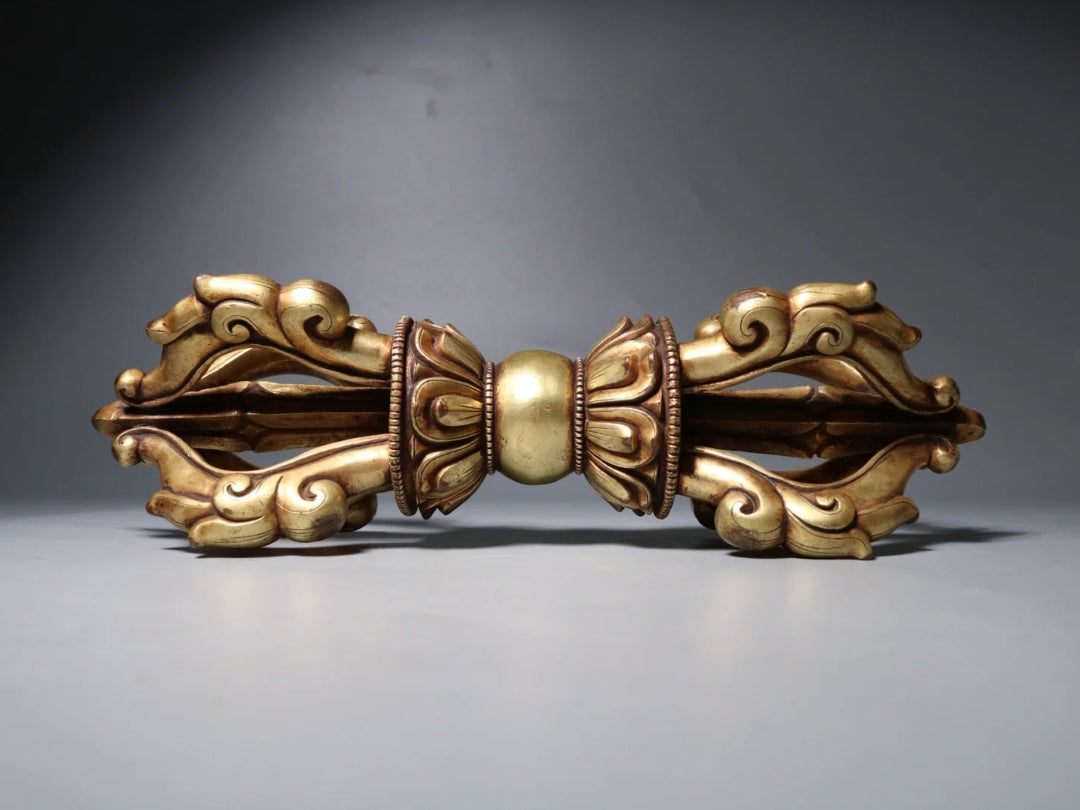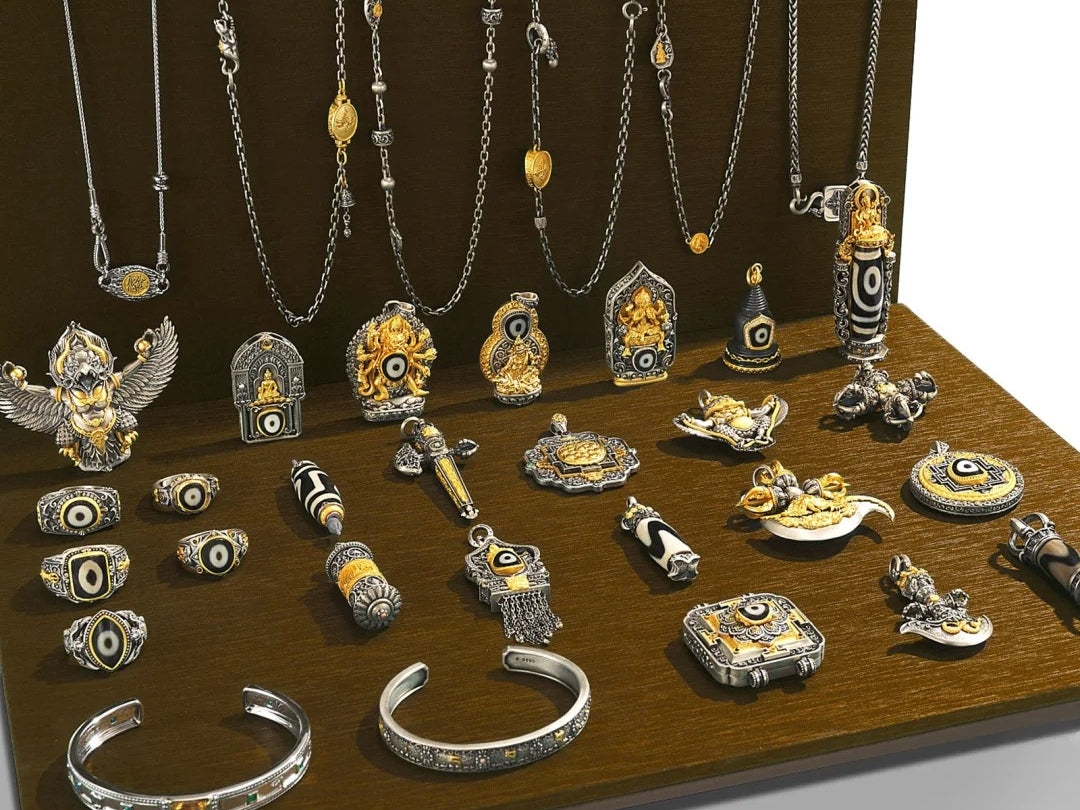Tibet’s rich spiritual landscape blends Vajrayāna Buddhism with local folklore, producing a vibrant array of wealth deities. From the revered Yellow Jambhala—the head of all Dzambhalas—to the wrathful yet benevolent Zakiram, these gods embody prosperity, wisdom, and protection. Their images, often rendered as Tibetan Thangka scrolls, serve as both artistic treasures and spiritual tools for cultivating merit‑based abundance.

1. Yellow Jambhala: The Chief of Wealth Deities
Known in Tibetan as Zanglha Serpo, Yellow Jambhala sits in royal ease, his portly belly and serene smile promising both material and spiritual riches. In one hand he holds a jewel-spitting mongoose, symbolizing endless generosity; in the other, a mani pearl that draws wealth. Practitioners chant his mantra—“Om Jambhala Medha Dzambhala Maha‑Dzambhala Rajaya Svāhā”—to invoke blessings, always mindful that “merit gives rise to wealth.”
2. Zakiram: Tibet’s Singular Temple Goddess of Fortune
At Zhaqi Monastery in Lhasa, devotees honor Zakiram, a fierce protector goddess adopted from Han‑Chinese lore. With coal‑black skin, flaming eyes, an extended tongue, and even chicken‑footed stance, she dispels obstacles and ensures the flow of fortune. Worshippers approach her Thangka with offerings of barley wine, hada scarves, and incense—especially on Wednesdays, her auspicious day—seeking success in trade, travel, and daily life.
3. The Five Jambhalas: Colors of Prosperity
Beyond Yellow Dzambhala and Zakiram, Tibetan tradition recognizes five principal Dzambhalas, each associated with a color and quality of wealth:
-
White Dzambhala (Avalokiteśvara’s form): Purity of intention and removal of poverty.
-
Red Dzambhala (Amitābha’s form): Passion, charisma, and career success.
-
Black Dzambhala (Akṣobhya’s form): Power over sudden gains and the removal of obstacles.
-
Green Dzambhala (Amoghasiddhi’s form): Harmonious growth, especially in environmental or community projects.
-
Jambhala of the Treasure King (Vaiśravaṇa’s form): Protection of resources and leadership over the eight horse‑riding wealth gods.

4. Thangka Artistry and Spiritual Meaning
Tibetan Thangkas depicting wealth deities are painted with natural mineral pigments—vermillion, malachite, and gold dust—that remain vivid for centuries. Their composition follows the “Buddha Image Proportional Text”, placing the main deity centrally, surrounded by attendants, clouds, and mountain landscapes. Key Thangka schools include:
-
Menri Style: Delicate linework celebrating subtle expressions.
-
Karma Gadri: Han‑influenced landscapes with graceful brushstrokes.
-
Khyenri: Nepalese flair, with bold colors and dynamic poses.
A wealth‑deity Thangka often features Yellow Dzambhala or Zakiram in the center, flanked by tributary gods, reminding viewers that abundance arises from compassion and ethical living.
5. “Merit‑Based” Wealth: The Ethical Paradigm
Tibetan Buddhism never equates wealth with greed. Instead, it teaches “merit‑based prosperity”—the idea that generosity, ethical conduct, and meditation generate genuine abundance. Carrying or displaying a wealth deity Thangka—whether in the home, temple, or worn as a miniature Thangka pendant—serves as a constant invitation to practice generosity, mindfulness, and the Dharma.
Cultivating wealth in this tradition means nurturing kindness, wisdom, and community well‑being. When you gaze upon Yellow Jambhala’s joyous countenance or Zakiram’s fierce blessing, you’re reminded that true prosperity springs from an open heart and a disciplined mind.





